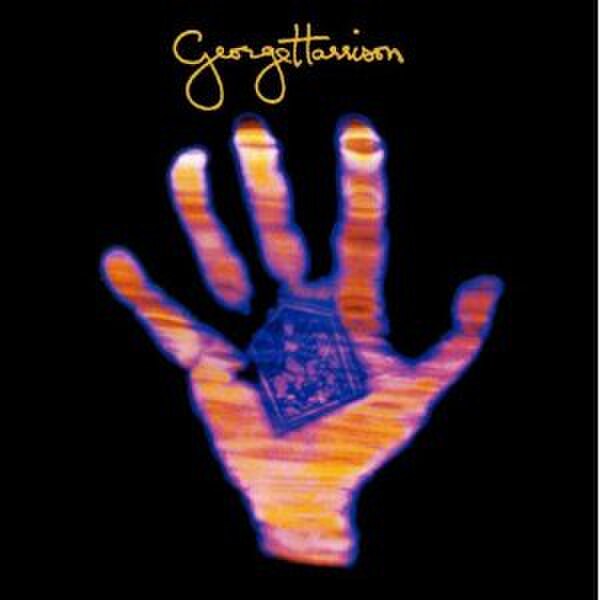Dark Horse (George Harrison album)
Dark Horse is the fifth studio album by the English rock musician George Harrison. It was released on Apple Records in December 1974 as the follow-up to Living in the Material World. Although keenly anticipated on release, Dark Horse is associated with the controversial North American tour that Harrison staged with Indian classical musician Ravi Shankar in November and December that year. This was the first US tour by a member of the Beatles since 1966, and the public's nostalgia for the band, together with Harrison contracting laryngitis during rehearsals and choosing to feature Shankar so heavily in the programme, resulted in scathing concert reviews from some influential music critics.
Dark Horse (George Harrison album)
Harrison's dedication to his Dark Horse Records act Splinter (pictured performing in 1977) was one of the factors that compromised his focus on Dark Horse; photo: Jean Helfer.
Benares in India. Harrison's visit in early 1974 inspired the idea behind his and Ravi Shankar's joint North American tour at the end of the year.
A&M Studios main gate (pictured in 1988). Harrison completed the album there while rehearsing for the 1974 tour.
Living in the Material World
Living in the Material World is the fourth studio album by the English musician George Harrison, released in 1973 on Apple Records. As the follow-up to 1970's critically acclaimed All Things Must Pass and his pioneering charity project, the Concert for Bangladesh, it was among the most highly anticipated releases of that year. The album was certified gold by the Recording Industry Association of America two days after release, on its way to becoming Harrison's second number 1 album in the United States, and produced the international hit "Give Me Love ". It also topped albums charts in Canada and Australia, and reached number 2 in Britain.
Living in the Material World
The teachings of Swami Prabhupada, founder of the Hare Krishna movement, influenced some of Harrison's songs on the album.
Lyric insert artwork for the album, taken from Bhagavad Gita As It Is







